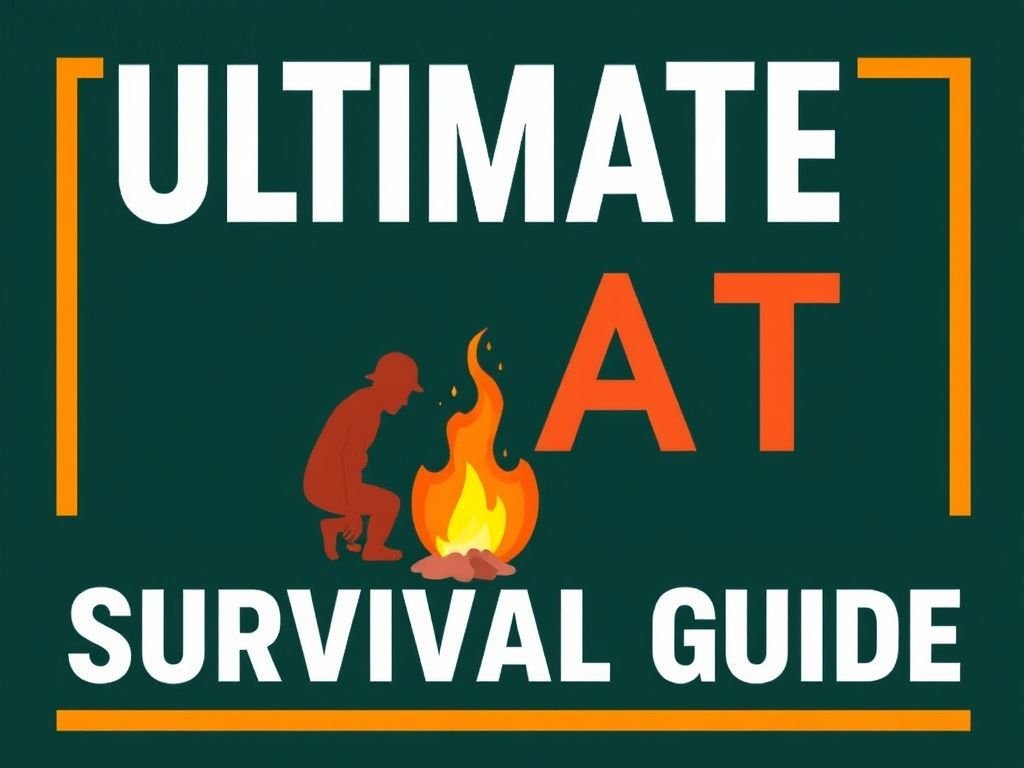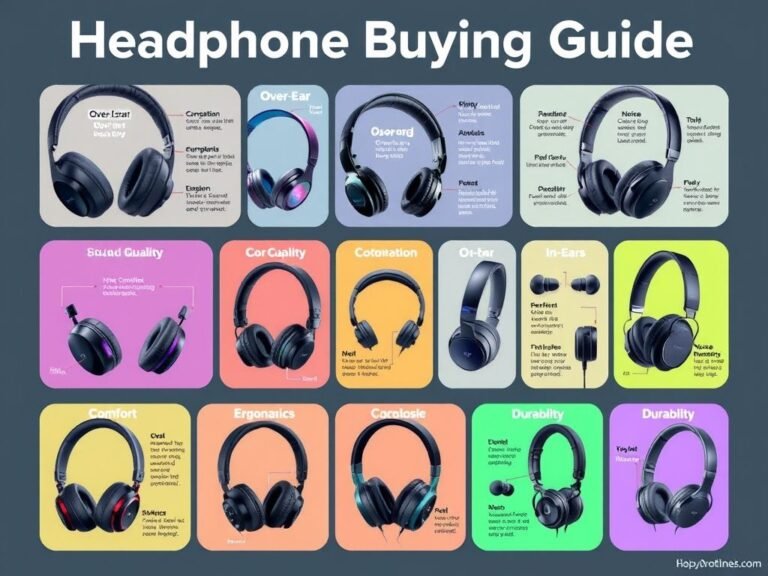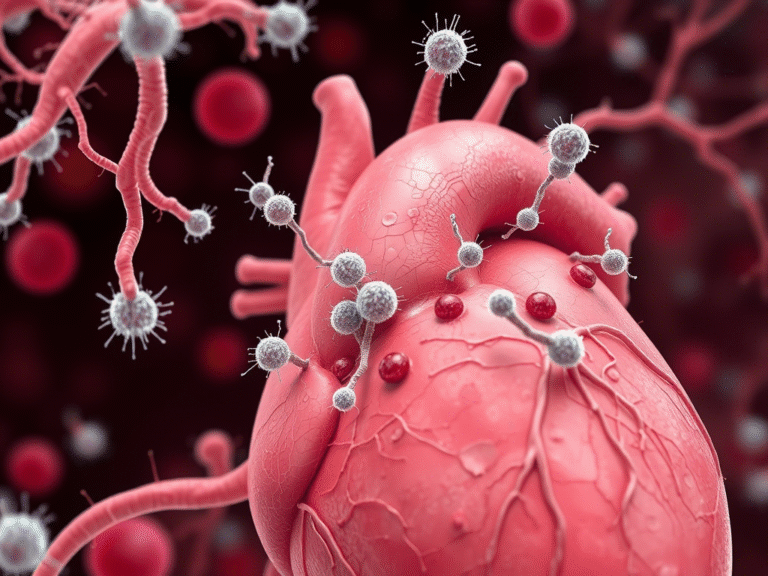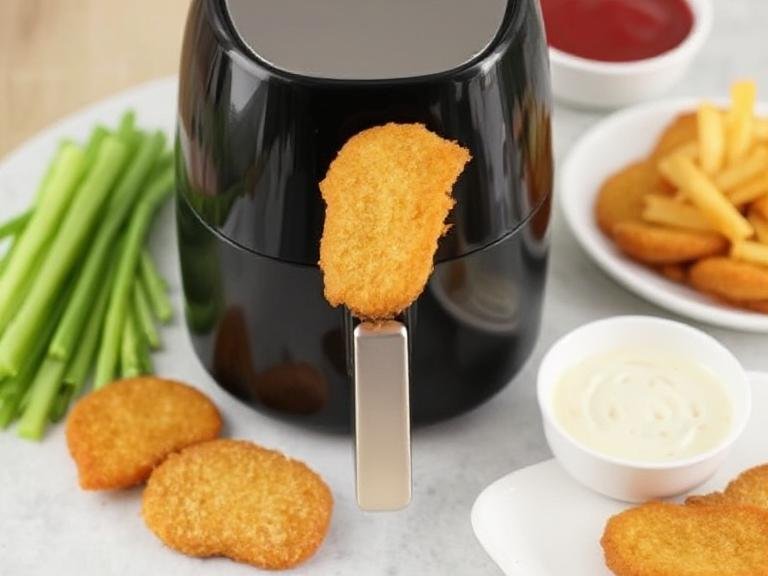
Your Complete Guide to Surviving Extreme Summer Heat
Last year was the hottest on record, with cities across the U.S.—from Phoenix and Fort Lauderdale to Hartford and Grand Junction—experiencing record-breaking temperatures. And as climate patterns shift, extreme heat is no longer a rare summer annoyance. It’s a growing public health threat.
According to the Centers for Disease Control and Prevention, over 700 people die each year from heat-related causes in the U.S. And many more end up in emergency rooms with heat exhaustion, dehydration, or worsened chronic conditions.
“Heat doesn’t just make you uncomfortable—it can be dangerous, especially for older adults, young children, and people with health issues like diabetes or high blood pressure,” says Dr. Rachel Marquez, a family medicine physician in Virginia. “Some medications can also make it harder for your body to regulate temperature, meaning heat illness can set in faster and at lower temperatures.”
The good news? You don’t need extreme measures to protect yourself. With a few smart habits and simple preparations, you can stay safe and cool—whether you’re at home, on the road, or traveling.
Understanding Heat Warnings: What They Really Mean
Before a heatwave hits, it helps to know what the alerts mean:
- Excessive heat outlook: A heatwave could happen in the next 3–7 days.
- Excessive heat watch: Dangerous heat is likely within 1–3 days.
- Heat advisory: The heat index (how hot it feels) will reach 100°F or higher for at least two days, with warm nights (above 75°F).
- Excessive heat warning: Extremely dangerous conditions—heat index of 105°F or more expected soon.
The heat index combines temperature and humidity. Even if the air is only 90°F, high humidity can make it feel like 110°F because sweat can’t evaporate efficiently. And don’t forget: wildfire smoke, sun exposure, and poor air quality can make heat feel worse and increase health risks.
Check your local forecast at weather.gov by entering your ZIP code.
How to Keep Your Home Cool and Safe
Even if you have air conditioning, power outages and soaring energy bills can make summer tough. Here’s how to prepare—before the heat hits.
1. Maintain Your Cooling System
- Service your central AC annually and replace filters every 4–6 weeks in summer.
- For window units, place them in shaded or north-facing windows—direct sun makes them work harder.
- Clean filters regularly and keep heat-generating devices (like TVs and laptops) away from the airflow.
2. Seal and Insulate
Hot air sneaks in through gaps. Use caulk around fixed windows and weather stripping on moving parts. For larger gaps, foam sealant works well.
In the attic, proper insulation keeps cool air in and heat out. If you’re not sure, have a professional check it.
3. Block the Sun
Close curtains or blinds during the day, especially on sunny sides of the house.
Install cellular shades (they can reduce solar heat by up to 60%) or use reflective window panels.
Exterior awnings or shading films also help keep interiors cooler.
4. Think Long-Term
- Plant deciduous trees on the south side of your home—they shade in summer and let sunlight through in winter.
- Light-colored paint or “cool roof” coatings reflect heat, especially in hot climates.
5. Protect Your Health and Medications
If you rely on refrigerated meds, keep a small cooler with ice packs ready. Use a thermometer to ensure temps stay between 36°F and 40°F.
For electric medical devices, discuss backup power options with your provider or local emergency services.
6. Know Your Cooling Options
Many communities offer cooling centers—libraries, malls, or community centers with AC. Find one by calling your local emergency management office or visiting 211.org.
What to Do When the Heat Hits
Once temperatures rise, follow these steps to stay comfortable and safe at home:
- Keep AC running continuously—don’t turn it off and on.
- Avoid using the oven, stove, or dryer. Use a microwave, toaster oven, or cook outside. Wash clothes in cold water and air-dry when possible.
- Take cool showers or baths. Damp cloths on your skin or misting yourself can also help. Avoid long ice pack use—your body may respond by shivering, which generates heat.
- Use fans wisely. Ceiling fans make rooms feel up to 4°F cooler by moving air. Window fans work best at night, pulling in cooler outdoor air.
- Sleep cool. Use breathable bedding like cotton or linen. Consider a cooling mattress pad if you sleep hot.
- During a power outage:
- Stay on the lowest floor (heat rises).
- Keep windows and curtains closed during the day.
- Use battery-powered fans near shaded areas.
- Keep fridge and freezer closed—a full freezer stays cold for about 48 hours.
Stay Safe When You’re Outside
High heat and humidity make it harder for your body to cool itself. Even moderate activity can become risky.
Before You Go Out
- Check the heat index and air quality. Avoid being outside between 10 a.m. and 5 p.m., when the sun is strongest.
- Wear light-colored, loose-fitting clothes made of breathable fabrics. A wide-brimmed hat and UV-blocking sunglasses help, too.
- For exercise, choose moisture-wicking clothing—it pulls sweat away from your skin to cool you faster.
- Carry an insulated water bottle to keep drinks cool. A hydration backpack is great for long walks or bike rides.
While You’re Outdoors
- Drink water regularly—about a cup every 90 minutes. If you’re active, increase to every 30 minutes.
- Thirst isn’t a reliable signal—you’re already dehydrated by then.
- If you’re sweating heavily, add electrolytes (sports drinks or tablets like Nuun or LMNT).
- Avoid alcohol and caffeine—they dehydrate you.
- Stay in the shade. Sunburn reduces your body’s ability to cool itself. Reapply SPF 30+ sunscreen every 2 hours.
- Cool your pulse points—place a damp cloth on your neck, wrists, or armpits to lower your core temperature.
- Watch for heat illness:
- Heat cramps: Muscle spasms and heavy sweating. Rest, hydrate, and seek help if pain lasts over an hour.
- Heat exhaustion: Dizziness, nausea, cold/clammy skin, rapid pulse. Move to shade, cool down, and sip water. Seek medical help if vomiting occurs.
- Heatstroke: A medical emergency. Symptoms include confusion, hot/dry skin, and loss of consciousness. Call 911 immediately.
How to Keep Your Car Safe and Cool
A parked car can become deadly in minutes—even with the windows cracked.
- In just 10 minutes, the inside can heat up by 20°F.
- After an hour, it can be 40–50°F hotter than outside.
- Never leave children or pets inside, even for a few minutes.
Prepare Your Car for Summer
- Check coolant levels, tire pressure, and battery health.
- Replace cabin air filters to keep airflow strong.
- Clean debris from the radiator grill to prevent overheating.
- Use a reflective windshield cover or sunshade for panoramic roofs.
- Consider ceramic window tinting—it blocks UV rays and reduces interior heat.
Staying Cool While Driving
- Don’t idle to cool the car. Start driving—airflow helps the AC work faster.
- Open windows for 20 seconds to let hot air out before turning on AC.
- Set AC to coldest setting, then adjust fan speed.
- Use seat cooling if your car has it.
- If AC fails, open opposite windows to create cross-ventilation.
- If your car breaks down, get out and find shade. Sitting inside can be dangerous.
Don’t Let Heat Ruin Your Vacation
Heatwaves can disrupt travel plans, especially in cities without widespread AC.
Smart Travel Tips
- Pack a foldable hat, portable fan, cooling wipes, and electrolyte powders.
- Book refundable flights and flexible hotels in case of extreme heat.
- Confirm your hotel has working air conditioning—it’s not guaranteed everywhere.
- Get travel insurance that covers medical emergencies, including heat-related illness.
- Keep your phone charged and in power-saving mode to extend battery life.
- Avoid leaving food out—bacteria grow fast in heat. Don’t eat perishable street food on hot days.
- If you feel unwell, seek shade, hydrate, and get help. Call emergency services if someone shows signs of heatstroke.
Final Thoughts: Be Ready, Stay Safe
Extreme heat is becoming part of our new normal. But with a little planning, you can protect yourself and your family—without spending a fortune or relying on perfect conditions.
The key is preparation, awareness, and simple habits:
✔️ Stay hydrated
✔️ Know the warning signs
✔️ Keep your home and car cool
✔️ Adapt your plans when needed
When you’re ready, summer can still be enjoyable—even in the heat.





